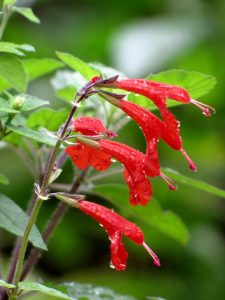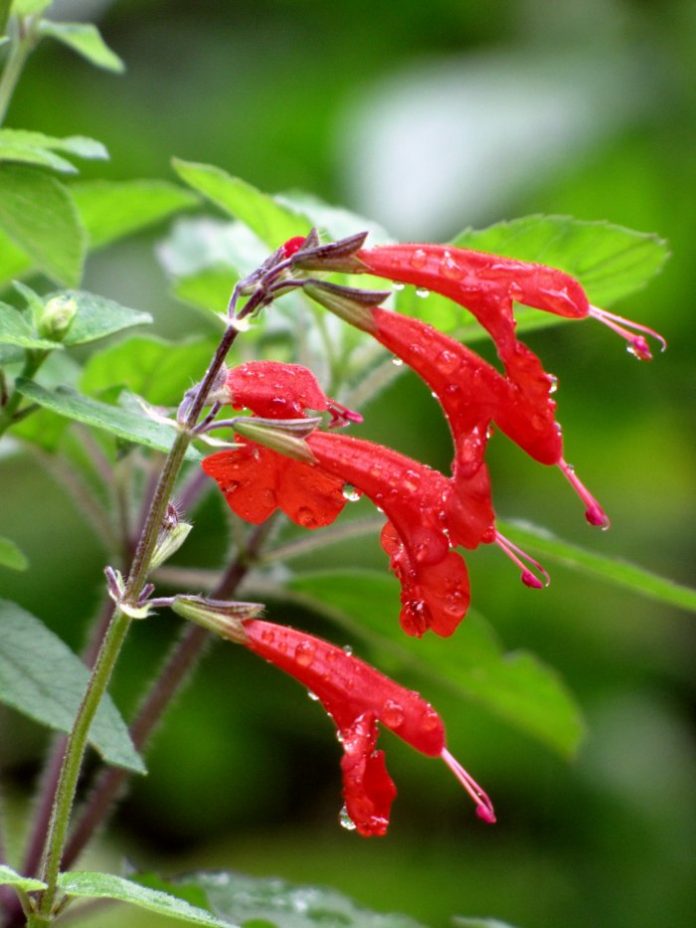
Here’s a word for gardeners: herbaceous. It means plants with green stems and, delightfully often, lush flowers.
Think lantanas, red yuccas, purple coneflowers, irises, white ginger, black-eyed Susans, Shasta daisies, but the list goes on and on. Perennial herbs live for years. It’s possible to kill a perennial herb, but as a rule they go dormant or die back to the ground during droughts and wintry cold–my kind of plant and quite a few are Native Texans.
You might guess the first item of perennial herb business is the plant’s surrounding soil. The perfect proportion of clay to sand to compost is 1:1:1.
Jeff McCauley, a landscape designer and Texas native-plant-gardening specialist, swore to me he only watered his gorgeous garden near Celina twice in 12 years, due to soil amendments, drought-resistant plants and mulching. I followed his lead and, although I water more than once-a-decade, I’ve had stunning success.
His advice was to resist the late winter and late summer urge to dig out brittle brown perennial skeletons, because there’s green hidden among them dry bones. Trim things back to nice and tidy, but don’t go digging. Look and see for yourself.
The average annual last frost date for tender plants in this area is April 15. The date of the first autumn cool front in our area is Sept. 15. Bermuda grass, a perennial, wakes up and turns green when 70-degree air temperatures warm the ground for roots. Sometimes weather fronts bring their own water and sometimes you have to douse the perennial graveyard yourself.
Here is a list of native perennials that like plenty of sun, don’t mind clay between their toes and will snooze through a drought. They spread underground, so when the clump gets too big, break it apart, give the pieces a good drink, then spread them around the garden. Keep a weather-eye peeled for those in this list. The Latin names are important, because these specific varieties are the Native Texans. Other varieties may or may not be happy in your little patch of earth.
Yarrows (achillea millefolium)
Texas Blue Star (amsonia ciliata)
Wild Columbine (aquilegia canadensis) – smaller than hothouse columbines
Butterfly Weed (asclepius tuberosa)
Ox-Eye Daisy (chrysanthemum leucanthemum) – this is the Texan among daisies
Golden Wave (coreopsis lanceolata)
Prairie Larkspur (delphinium viriscens) – blooms when the heat hits!
Purple Coneflower (echinacea purpurea)
Spider Lily (hymenocallis liriosme) – likes plenty of water in the spring
Red Yucca (hesperaloe parviflora) – take 3-5 years to mature flowering stalks
Iris (all varieties)
Scarlet Sage (salvia coccinea) – reseeds itself
Turk’s Cap (malvaviscus drummondii)









 GIF.gif)








